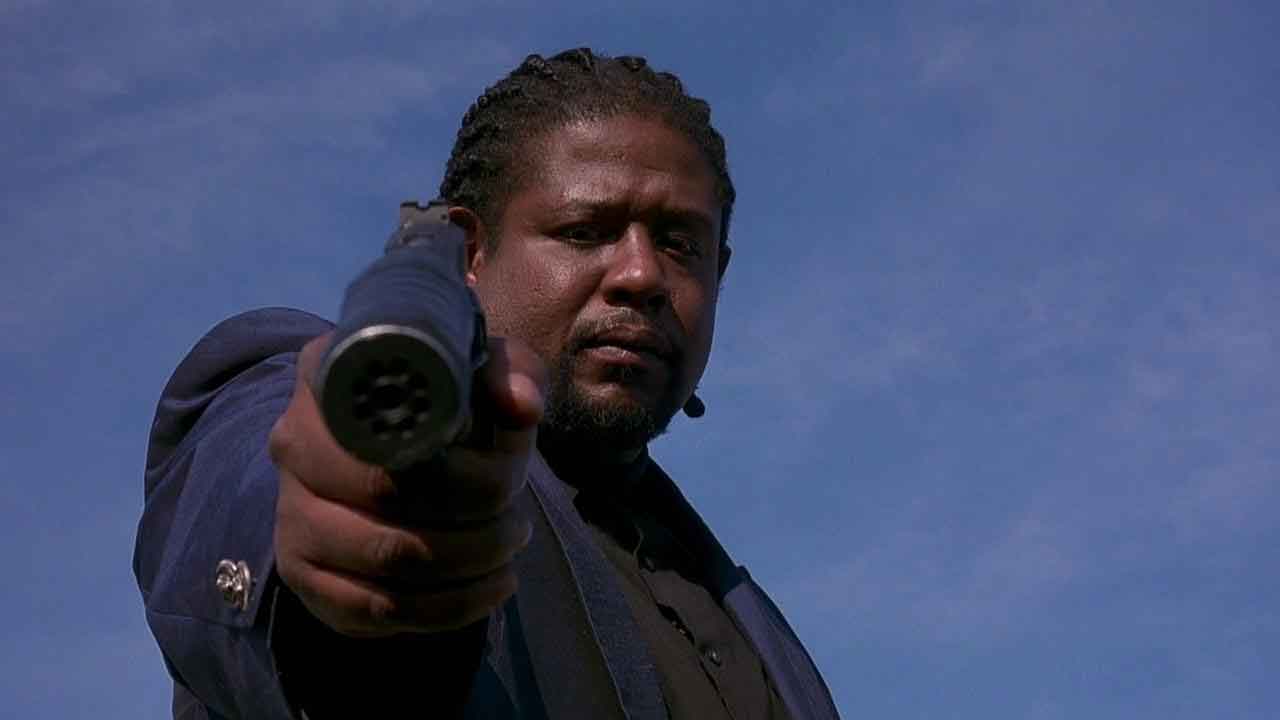
We shall kick off 2016 with a discussion of Jim Jarmusch‘s 1999 film Ghost Dog: The Way of the Samurai. Forest Whittaker stars as the titular American hitman who lives by the samurai code. When targeted by the mafia that he has been working for, the Ghost Dog finds himself forced to defend both his life and honour.
Ghost Dog is a part of our exploration of Rashomon and related films, which has seen us tackle The Usual Suspects, Les Girls, Hoodwinked! and Hero in the past half a year.
The core of Jarmusch’s film emphasises the subjectivity and uncertainty of perception and makes many references to Rashomon. It also shares themes with many other Kurosawa films, especially Yojimbo and Seven Samurai. The film should be widely and cheaply available for digital rental and purchase in most countries.
For those new to the film club, check out the film club page for a brief introduction and then join the discussion!






All sorts of influences brought to bear here. Jim admits to being a great magpie and as well as the obvious there is the drain pipe scene from Youth of the Beast and a very similar story structure to “Le Samurai”. For example a female witness to the hit, bird(s) in the cage or on the roof, elaborate car theft tools, the honorable death, the code (different sources), mob retribution after initiating the train of events. Strict dress could could also be added although they are dissimilar. I really enjoyed them both.